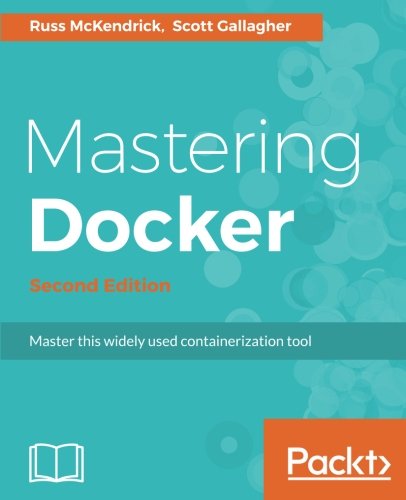Pages with tag Node.js
- Asynchronous array operations in ES7 JavaScript async/await functions
- Avoid killing performance with asynchronous ES7 JavaScript async/await functions
- Avoiding rogue Node.js packages by using good version dependencies in package.json
- Building Node.js REST API servers from OpenAPI specifications
- Could Storify be implemented in Drupal?
- Deploy Ghost blogging system using Passenger on Dreamhost or other hosting providers
- Deploy Node.js application using Passenger on Dreamhost or other hosting providers
- Getting started with asynchronous read/write between Node.js 8 and MongoDB
- Github buys npm: Might cause more angst about npm as de-facto package manager for Node.js?
- Implementing worker queues for processing datasets in Node.js
- Installing MongoDB on Mac OS X Mavericks for Node.js development
- Installing some native-code npm packages on Ubuntu 20.04 fails on not finding python command
- MacOS X setup for Node.js development - Installing Node
- Node.js Script writers: Top-level async/await now available
- Node.js is a big win at PayPal
- Node.js, the exciting web development platform, from a Java programmer point of view
- Streamline Mocha/SuperTest REST tests with async functions









